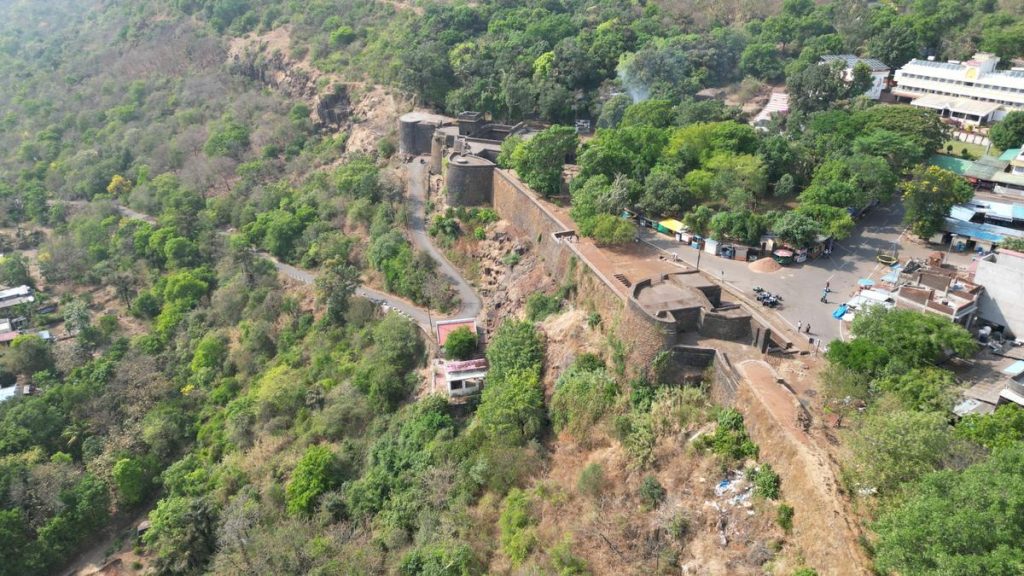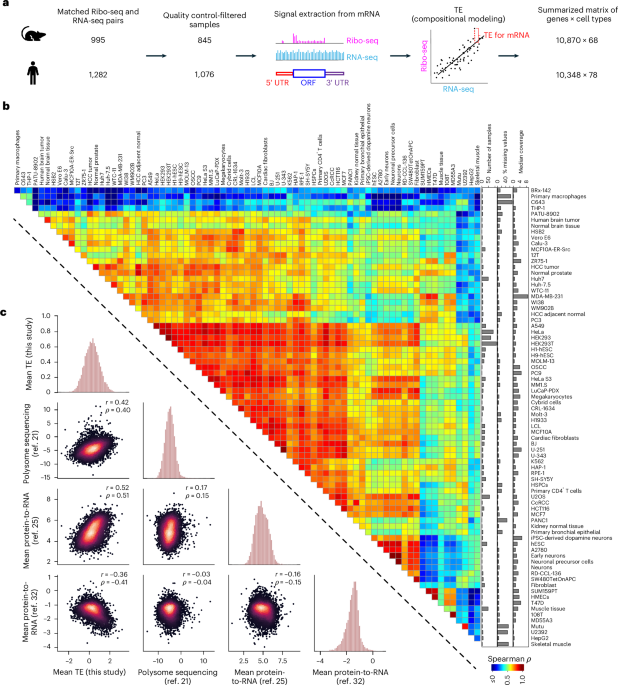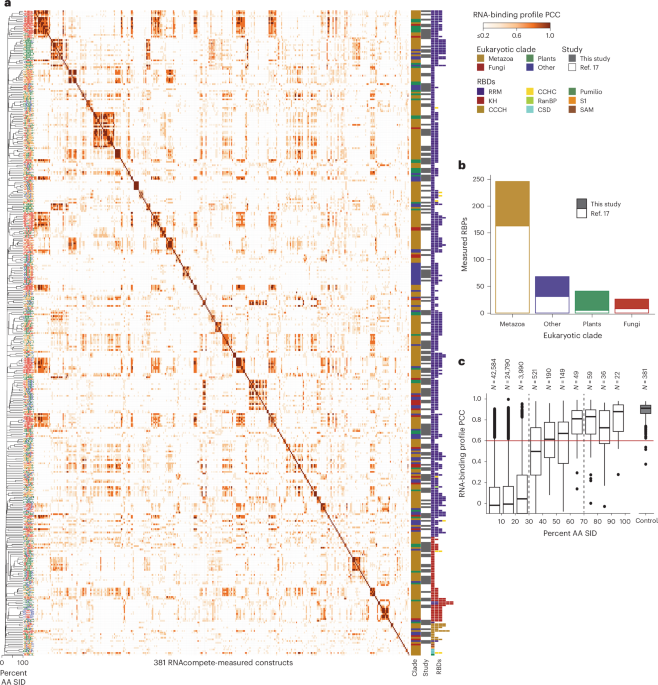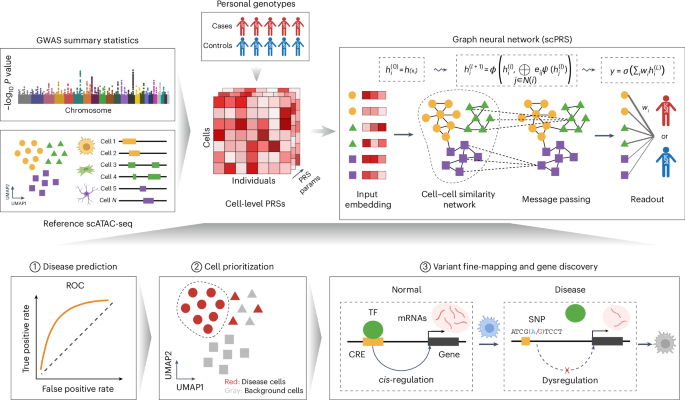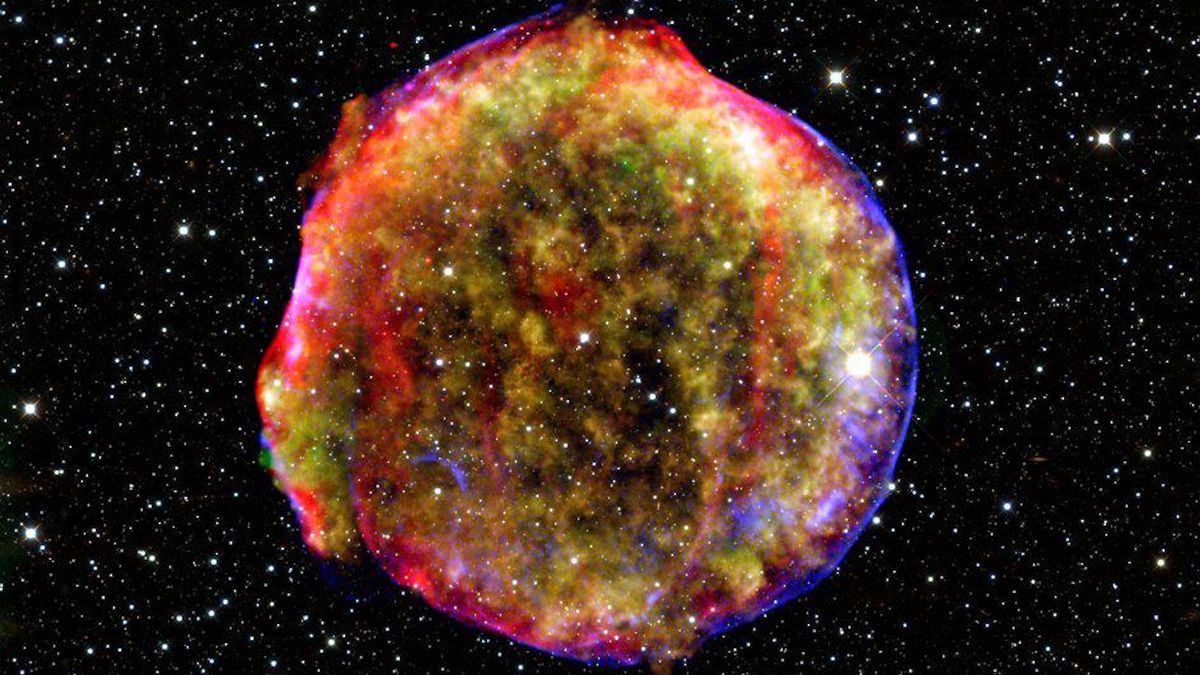Now Reading: Galactic Jousting: Clash of Early-Universe Galaxies Captured in Stunning Image
-
01
Galactic Jousting: Clash of Early-Universe Galaxies Captured in Stunning Image
Galactic Jousting: Clash of Early-Universe Galaxies Captured in Stunning Image
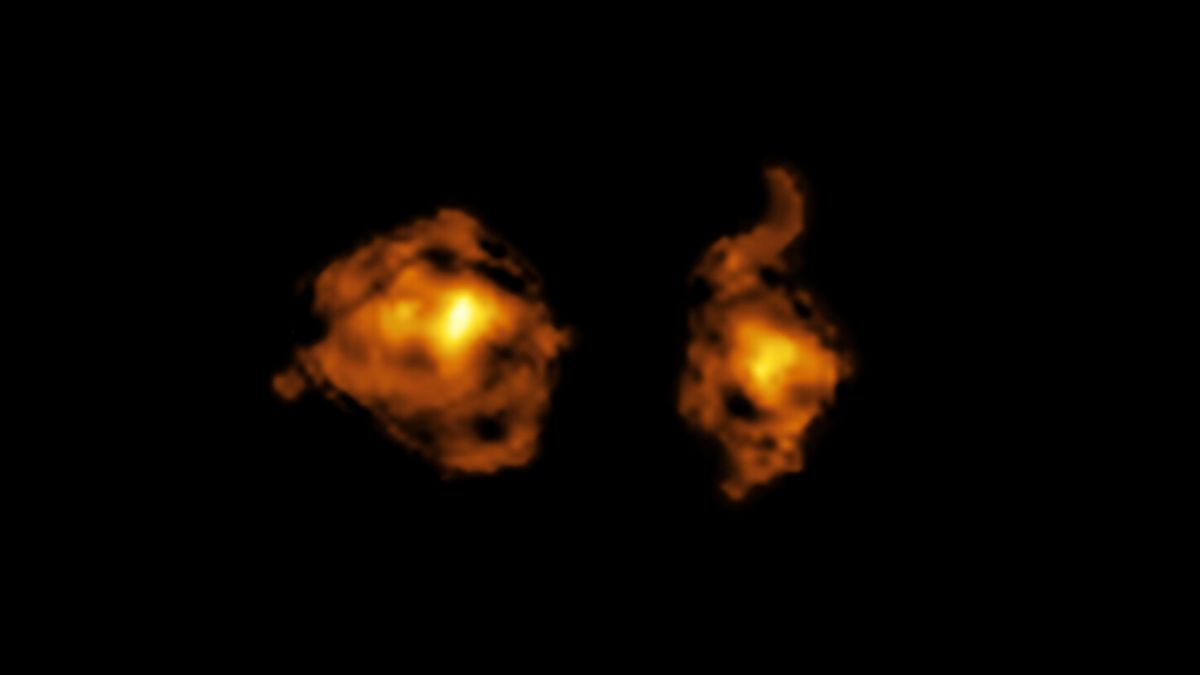
quick Summary:
- What it is: A collision involving two galaxies in the early universe, one being a quasar.
- Where it is located: 11 billion light-years away in the constellation Cetus.
- When shared: The findings were published on May 21, 2025, in Nature.
- Two galaxies are moving toward each other at speeds of 310 miles per second (500 kilometers per second), causing a “cosmic joust.”
- The galaxy with the quasar, J012555.11−012925.00 (right side), emits intense radiation that disrupts star formation in the companion galaxy by impacting its gas and dust clouds during collisions.
- Quasars are among the most luminous objects, emitting thousands of times more light than entire galaxies like the Milky Way.
- Scientists observed this phenomenon for the first time using data from Chile’s Atacama Large Millimeter/submillimeter Array and European Southern Observatory’s Very Large Telescope.
- Statements suggest these galactic mergers fuel supermassive black holes within quasars while depleting thier companion galaxies.
Indian Opinion Analysis:
This discovery marks meaningful progress in understanding galactic collisions and their effects on star formation patterns across cosmic history. While India lacks direct involvement in this research effort, Indian astronomers and researchers could leverage such findings to enhance studies conducted via national space observatories or international collaborations like those involving ISRO or academic institutions here. India’s growing investments into astrophysics research and programs may open avenues for participation or replication of similar large-scale studies globally-a step aligned with boosting scientific innovation domestically and internationally as part of broader efforts to remain competitive within high-tech fields linked closely to advanced space exploration.




